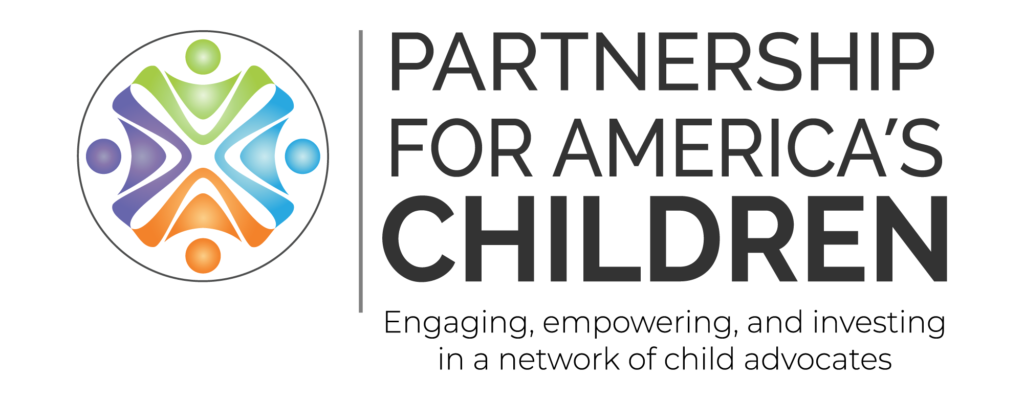Families, advocates, and policymakers agree on the importance of preventing child welfare system involvement—and the circumstances that lead to it—but communities still struggle to identify, prioritize, fund, and implement specific prevention strategies. To help states expand prevention efforts, SPARC[1] recently released a toolkit of resources on child welfare prevention solutions that have shown evidence of promoting child well-being while reducing child welfare system involvement. These tools were developed with insights and input from SPARC members and lived expert consultants, and with funding support from the Annie E. Casey Foundation, the Conrad N. Hilton Foundation, and the Aviv Foundation.
The full toolkit, developed primarily for state child policy advocates’ use, is available here and includes:
- An Advocacy Guide, with general guidance on advocating for prevention, as well as details on programs in three categories: economic and concrete supports, place-based services, and home-based and mobile services.
- Issue Briefs, based on topics from the Advocacy Guide: economic and concrete supports, place-based services, and home-based and mobile services. These are short resources that advocates can easily share with decision-makers and other stakeholders.
- Strategy Spotlights on specific prevention topics that can also be shared with decision-makers and other stakeholders to help them understand what these approaches are and how they can help families and communities. Topics include housing supports, guaranteed income, and warmlines.
- An editable template that advocates can use to create their own documents with state-specific or other relevant information, with the same design as the other resources in the toolkit.
- Additional resources from SPARC (e.g. a blog post highlighting Family Resource Centers) and other organizations.
All policies and programs shared in the toolkit can and should be delivered before a family ever comes into contact with the child welfare system, so strategies from (and collaboration with) other sectors are highlighted throughout. To make it easier for advocates to share the public-facing tools in the toolkit, SPARC also created a public-facing website, aimed at policymakers and other stakeholders, which houses the issue briefs and strategy spotlights.
We hope that these resources will support your efforts to advocate on behalf of children and families in your state!
[1] State Policy Advocacy and Reform Center, or SPARC, is a network of state child welfare advocates housed at the Partnership for America’s Children.

